Falsework Means
Important Point
The temporary structure used to support a permanent structure, material, plant, equipment, and people until the construction of the permanent structure has advanced to the stage where it is self-supporting.
Falsework includes the foundations, footings, and all structural members supporting the permanent structural elements.
Falsework can be used to support formwork for in-situ concrete, prefabricated concrete elements, steel sections0, or stone arches, for example, during bridge construction.
Also, read: Difference Between Formwork, Shuttering, Centering, Staging & Scaffolding
What Is Falsework?
• Falsework is defined as a temporary structure used to support a permanent structure during its construction and until it becomes self-supporting.
• Falsework may be required to support steel and timber frameworks and masonry arches as well as in situ and precast concrete construction.
• The design and construction of falsework are covered by BS 5975: 1982 Code of Practice for Falsework.
• Falsework is often constructed from conventional loose steel scaffold tubes and fittings together with adjustable telescopic props and forkheads (sometimes flat heads), which carry the main timber bearers on which the formwork or deck is built.
• Secondary beams may be interposed between the main bearers and the formwork.
• Prefabricated steel frames, military trestles, towers, steel girders, and standard steel sections are employed for more specialized work, and generally, where the load to be supported is particularly heavy.
• The total or even partial collapse of falsework may lead to serious accidents for those on the structure which are thrown from or fall from their place of work.
• More often than not, collapse occurs when the structure is being loaded, e.g., during the placing of concrete when the number of workers involved in the operations is high.
• Where other work is being undertaken below the loading level, the people involved are also at considerable risk from falling materials, i.e., both from the falsework and from the supported permanent works.
• Accidents also occur without the falsework collapsing. These are the result of people slipping or falling or both from the structure.
• In addition to their major supporting roles, the falsework and the formwork provide a place of work, and normal edge protection requirements are necessary at all open sides and holes in the decking, as well as properly constructed access to all places where work is to be carried out (see above – Fig.).
• The collapse of falsework can be attributed to inadequate design, poor construction, or a combination of the two.
Also, read: Hip Roof Vs Gable Roof | What Is Gable Roof | What Is Hip Roof
Types of Falsework
1. Shorbrace System
2. Cup-Lock Supporting System
Shorbrace System
The shorbrace support system is used widely to support the bridge deck. This system possesses many merits.
One of these merits is simple and quick erection and dismantling of falsework. Also, it can be used to support heavy structures safely.
This system consists of many components as per below:
- Shorbrace Frame
- Shorebrace Telescopic Frame
- Vertical Frame Connector
- U Head Jack
- Cross Bracing
- Shorbrace Frame
Shorebrace Telescopic Frame
These frames are the main component of falsework. It is connected with each other to form a tower of the desired height to support formwork, as shown in the figure above.
Vertical Frame Connector
The function of this frame is to assist in maintaining the required height of falsework. This frame inserted inside the short brace frame then connected by load pin with the mainframe
U Head Jack
The soldier of formwork will place inside the U head jack. This u-head is adjustable and will contribute to providing an accurate profile of the casted slab.
Cross Bracing
This will brace adjacent shore bruce frames. The figure above shows the different components of falsework.
Also, read: IS 1200 Important Point Part-2
Cup-Lock Supporting System
Cup-lock supporting system is used widely in bridge and building construction. This system required a small space for storage.
The erection and dismantling of this system are simple and quick compared to other supporting systems.
This system consists of many components as per below:
- Post-Head Jack
- U and Post Head Jack
- Spigot Connector
- Ledgers
Post-Head Jack
Standard height can vary from one to three-meter.
U and Post Head Jack
These items are used similarly as in shorbrace supporting system
Spigot Connector
Spigot connector used to connect two standards in the event the height of the standard not enough
Ledgers
Ledgers are connected to standard to increase the stiffness and minimize the deformation.
Also, read: What Is Cantilever | What Is Cantilever Footing | Design of the Cantilever Footing
Causes of Falsework Failures
In general, the primary causes of formwork disasters are
1. Excessive loads,
2. Premature removal of forms or shores, and
3. Inadequate lateral support for the shoring members.
Hadipriono and Wang (1986) examined the causes that resulted in 85 major falsework failures over the past 23 years.
| Number of Occurrences | Symbol | Causes of failure |
| a. Triggering causes of failure | ||
| 3 | a | Heavy rain causing falsework foundation slippage |
| 1 | b | Strong river current causing falsework foundation slippage |
| 1 | c | Strong winds |
| 4 | d | Fire |
| 5 | e | Failure of equipment for moving formwork |
| 4 | f | Effects of formwork component failure |
| 1 | g | Concentrated load due to improper prestressing operation |
| 2 | h | Concentrated load due to construction material |
| 2 | i | Other imposed loads |
| 27 | j | Impact loads from concrete debris and other effects during concreting |
| 3 | k | Impact load from construction equipment/vehicles |
| 5 | l | Vibration from nearby equipment/vehicles or excavation work |
| 6 | m | Effect of improper/premature falsework or formwork removal |
| 20 | n | Other causes or not available |
| b. Enabling causes of failure | ||
| 17 | A | Inadequate falsework cross- bracing/lacing |
| 14 | B | Inadequate falsework component |
| 9 | C | Inadequate falsework connection |
| 7 | D | Inadequate falsework foundation |
| 8 | E | Inadequate falsework design |
| 4 | F | Insufficient number of shoring |
| 1 | G | Inadequate reshoring |
| 4 | H | Failure of movable falsework/formwork components |
| 2 | I | Improper installation/maintenance of construction equipment |
| 1 | J | Failure of permanent structure component |
| 4 | K | Inadequate soil foundation |
| 2 | L | Inadequate design/construction of a permanent structure |
| 30 | S | Other causes or not available |
| C. Procedural causes of failure | ||
| 23 | M | Inadequate review of falsework design/construction |
| 22 | N | Lack of inspection of falsework/formwork during concreting |
| 2 | O | Improper concrete test prior to removing falsework /formwork |
| 4 | P | Employment of inexperienced/inadequately trained workmen |
| 1 | Q | Inadequate communication between parties involved |
| 5 | R | Change of falsework design concept during construction |
| 38 | T | Other causes or not available |
Tabel – 1. Causes of falsework failure (Hadipriono and Wang, 1986)
Three causes of failure were identified: triggering, enabling, and procedural causes (above table).
Figure 1. Interaction diagram between causes of falsework failure (Hadipriono and Wang. 1986)
Most failures occurred because of the interaction of the triggering and enabling events that were, in many cases, produced by inadequacies in the procedural methods (see above fig 1).
Figure 2. Falsework collapse by types of falsework (Hadipriono and Wang. 1986)
Figure 2 shows that almost half of the building’s falsework failures were due to deficiencies in regular vertical shores.
Figure 3. Falsework collapse by construction stages (Hadipriono and Wang. 1986)
Figure 3 shows that one out of two falsework collapses occurred during concrete casting.
In many cases, an excessive rate of concrete pouring and the use of powered equipment, such as motor buggies, imposed lateral forces on the falsework; several of the that were not adequately braced have come down.
Inadequate falsework cross bracing or lacings were the primary source of several falsework accidents (see table, Section b), such as the collapses of the Arroyo Seco Bridge in CA, the Skyline Center Complex in VA, the highway ramp in East Chicago, and the Coliseum in New York.
Falseworks
Like this post? Share it with your friends!
Suggested Read –
- Foundation Failures
- Road Development Plans in India
- What Does Parapet Mean | Types of Parapet Wall | Uses of Parapet Wall
- What Is Dry Pack Mortar | Advantages of Dry Pack Mortar | Disadvantages of Dry Pack Mortar
- What Is Caisson Foundation | Types of Caisson Foundation | Advantage, Disadvantage, Application, & Construction of Caisson
- What Is Hempcrete | Hempcrete Blocks | Advantages & Disadvantages of Hempcrete Blocks | Applications of Hempcrete
- What Is Hard Hat | Hard Hat Colour Definition | Different Hard Hat Colour Codes | Types of Safety Helmets | Classification of Hard Hats
Originally posted 2021-02-26 17:18:05.
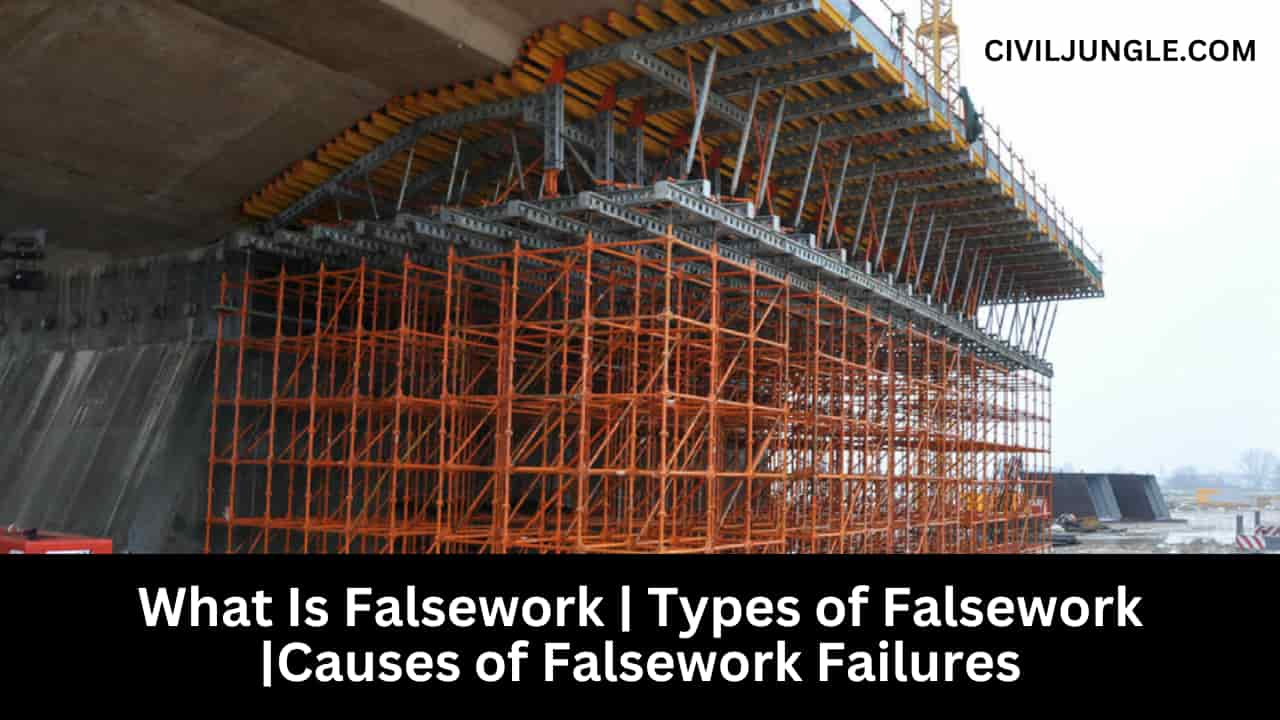
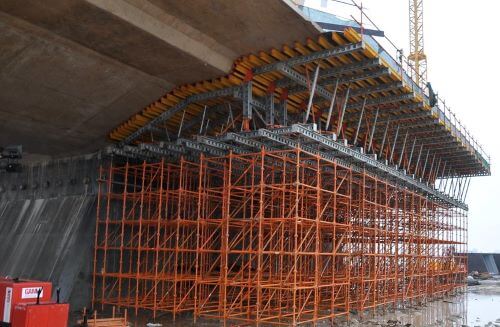
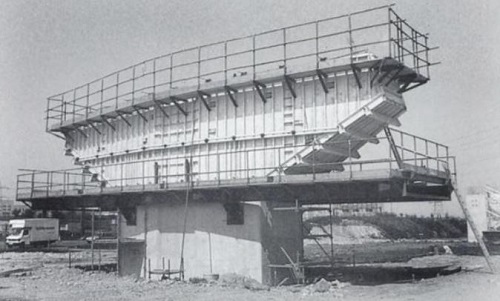
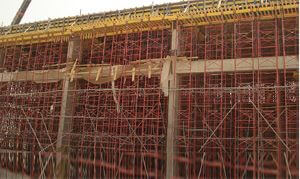

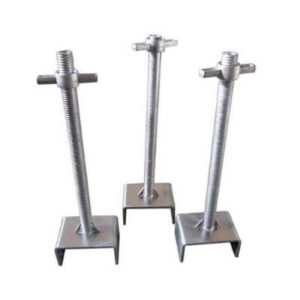
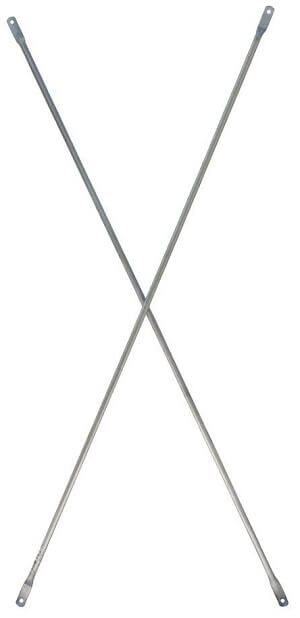
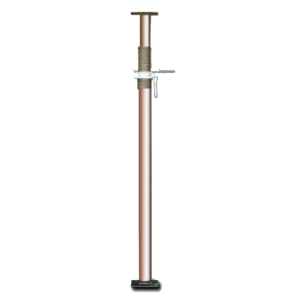

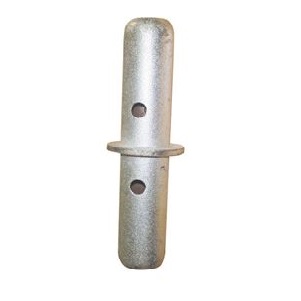
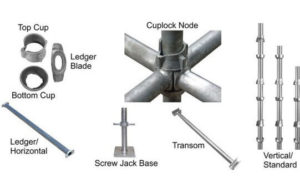
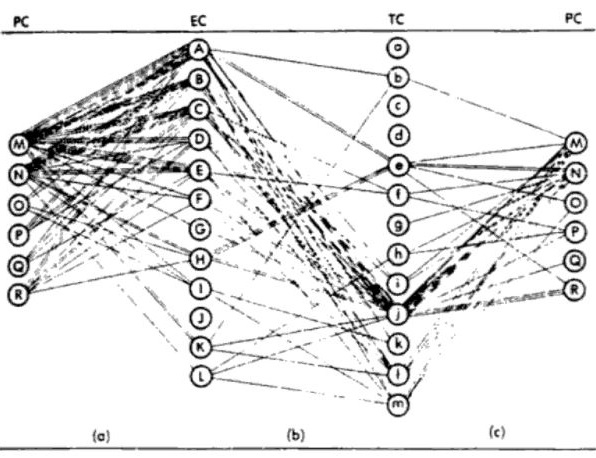
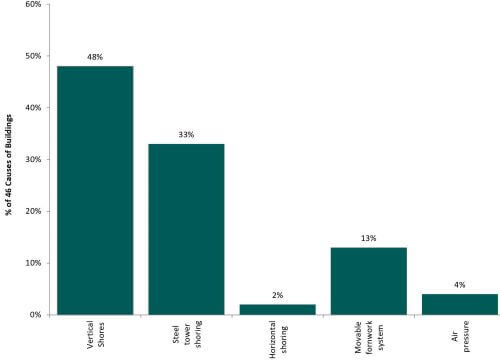
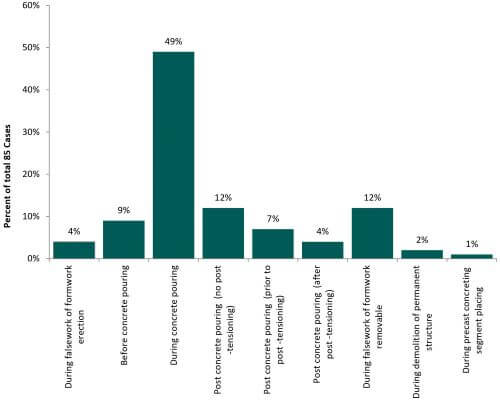

Leave a Reply